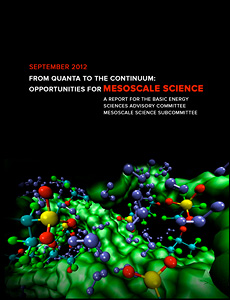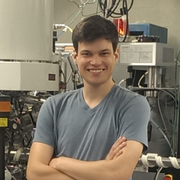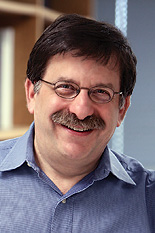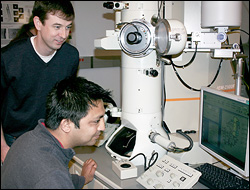News Story
Rubloff quoted in story about DOE Energy Frontiers Research Centers
Maryland Nanocenter Director Gary Rubloff was interviewed for a May 25 article on a Department of Energy summit meeting by reporter Darius Dixon on the POLITICO Pro subscription website. The article is reprinted below with permission from POLITICO Pro.Roaring to the fore after Congress preserved most of its budget, the Energy Department will showcase one of its more expansive projects this week.
Some of the nation’s top energy researchers will descend on downtown Washington for a three-day summit starting Wednesday for the Energy Frontier Research Centers program, an operation run out of the agency’s Office of Science. The program is designed to cross various fields of research together to tackle a list of energy challenges deemed crucial for the U.S.
The Office of Science was set to take one of the hardest hits in DOE’s portion of the continuing budget resolution that the House passed in February to cover the rest of the fiscal year. The bill would have cut nearly $900 million — about 18 percent — from the office’s budget compared with 2010.
But when a final budget compromise passed in April, the office’s funding was trimmed by just $20 million, leaving it mostly unscathed. Even with the prospect of major cuts, office Director Bill Brinkman said the EFRC program was nowhere near the cutting board. In fact, in his estimation, the program is quite popular on Capitol Hill.
The 46 centers pull in universities, national laboratories, nonprofits and private companies, each funded to the tune of $2 million to $5 million per year for a total of $777 million over five years. When the program was launched in 2009, there were more than 250 applications.
“It’s not a program that we’ve had any real problems selling,” he told POLITICO. “I see this as a program that we will continue, one way or the other.”
The EFRC program doesn’t deal with commercializing new technologies, unlike other DOE initiatives such as those run out of the agency’s loan office or the Advanced Research Projects Agency-Energy program. But it shares a similar undercurrent.
“My view of the energy world is a very simple one: We have a solution to all the problems with energy, but they all cost too much,” Brinkman said.
“We have to find solutions that actually work in the market, and that’s a major challenge,” he added. “One thing that I’ve tried to do is get people to be fully conscious of where the real world is.”
Gary Rubloff, a professor of materials science and engineering at the University of Maryland — College Park, said what DOE has put together is much more than the dollars that flow into the program.
“Much more important to me is the work that the DOE had done to identify and categorize the direction of energy research needs,” said Rubloff, who is the project lead for an energy center that focuses on systems for improving battery storage at the atomic level. “It really gave insight to researchers, familiar and unfamiliar with the energy research picture, on what the national needs were.”
Rubloff said his background in industry, working for IBM for two decades, has given him the motivation to make science more “use-inspired.”
“I believe deeply in science, but I also believe that it’s really important that, if you’re going to do a major program like this,” he said, “you should understand that the science is intended to enable certain societal and technological and economic value.”
Published May 25, 2011









